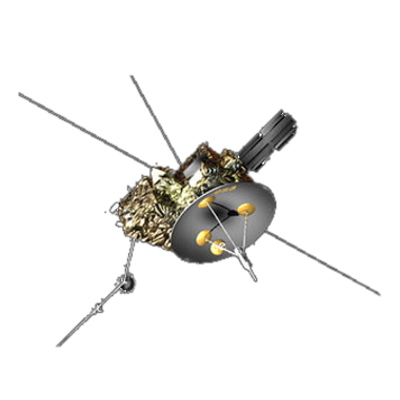Ulysses HISCALE Data Analysis Handbook
Chapter 5: Inflight Performance
5,2.2 Typical Signatures (continued)
Time Plots from IDL_HS. This section shows time plots of the channels which respond to the calibration sources, made with James Tappin's IDL_HS software. Figure 5.12 shows 8-hour count-rate plots for channels vs. time, the most recent three calibrations, for four Wart channels in the upper panels and for four DE electron channels in the lower plots. Figure 5.13 is a similar plot for the 8 P and P' ion channels. Figure 5.14 plots the count rates for the B, C and D singles channels for the 92049 calibration only; the other calibrations are similar. In order to compare the calibrations, a two- or three-hour period was chosen in the middle of each calibration period, and the count rates in each channel were averaged during this time. Figure 5.15 contains plots of the averages for the five calibrations for each of the P, P', DE and W1-4 channels vs the time since launch. Table 5.13 gives the average count-rate values for all the HISCALE channels during these cover-closed periods. All of these count rate values have been compared to the minimum count rate values tabulated by Tappin (HISCALE Backgrounds, A New Look, 1994, Tables 1, 3, 5, 6, 8). The calibration averages are all larger than the background values during the same interval as well as during the entire mission. This is as expected if the channels are responding to the cover sources.
- Figure 5.12 Calibration plots of WART (top) and DE (bottom) channels vs. time
- Figure 5.13 Calibration plots of P' (top) and P (bottom) channels vs. time
- Figure 5.14 Calibration in B, C, and D channels vs. time
- Figure 5.15 Calibration count rates vs. time since launch
- Table 5.13 Average count rates during cover-closed calibrations
The channels that are closest to Tappin's background values are P'1 and P'3, which count only ~0.10 - 0.15 c/s higher for these 2h averages. An estimate of the decay of the Cm and Gd sources (the most quickly decaying sources) can be made from the count rates measured in the W3 and W4 detectors. Figure 5.16 shows an expanded view for these channels together with the fits and the coefficients. Fitting a straight line in the log to the three points post-Jupiter gives a half-life of 17.97 years for Cm and 50.5 years for Gd. The Cm value compares well to the nominal 18.1 year half-life given in Table 5.10. The Gd estimate is of the right order of magnitude. Similarly, the increase in the RTG background is best seen in channels P2, P3, P'2, and P'3. Figure 5.17 shows fits to all 5 points in each of these 4 channels. Through the first four years the background in these channels has increased exponentially such that it will double in ~5 to 10 years.
Next: 5.2.3 PHA Analysis
Return to Chapter 5 Table of Contents
Return to Ulysses HISCALE Data Analysis Handbook Table of Contents
Updated 8/8/19, Cameron Crane
QUICK FACTS
Mission End Date: June 30, 2009
Destination: The inner heliosphere of the sun away from the ecliptic plane
Orbit: Elliptical orbit transversing the polar regions of the sun outside of the ecliptic plane



